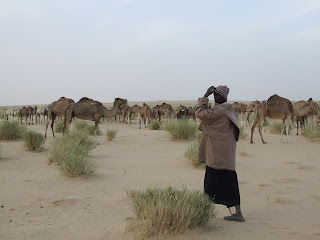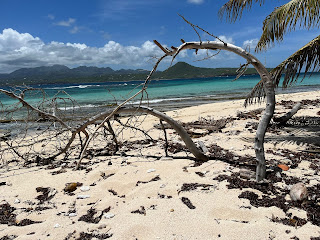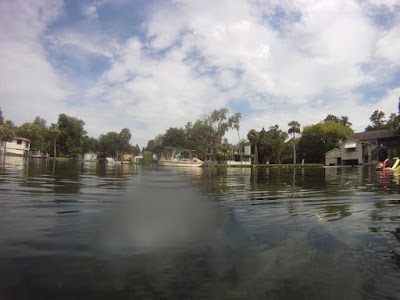Slaughterhouse 5 by Kurt Vonnegut: *****
I was eighteen when I first read Slaughterhouse 5. At the time I was reading nothing but science fiction. I had an insatiable appetite for sci fi novels – especially American ones; I could read three or four in a week. And I did. And so, when Slaughterhouse-5 came along I bought the paperback and added it to my pile along with unread Asimovs and Bradburys unaware that this book would change my reading habits forever.
But right away
this was clearly a different book. It starts with this unusual introduction.
So Vonnegut had been there for the fire-bombing as a prisoner of war. Well. I read on.
The first
chapter begins:
ALL OF THIS HAPPENED, more or less. The war parts anyway are pretty much true. One guy I knew really was shot in Dresden for taking a teapot that wasn’t his. Another guy I knew really did threaten to have his personal enemies killed by hired gunmen after the war. And so on. I’ve changed all the names.
An odd blurring
of fiction and truth then. And right away Vonnegut himself becomes a presence in the story – there as the
writer setting this all down, offering us his own wry observations about life,
and politics, and the state of the world. Later in that first chapter, Vonnegut tells us he found it
hard to write about his experiences in Dresden.
“I thought it would be easy for me to write about the destruction of Dresden, since all I would have to do would be to report what I had seen. And I thought too that it would be a masterpiece or at least make me a lot of money, since the subject was so big. But not many words about Dresden came from my mind… And not many words come now either.”
Slaughterhouse
5 then, appears to be Vonnegut’s way of making amends with his memory. Writing
about a night when 45 thousand people (or more) were killed was simply too
painful. Instead, he gives us a science fiction tale – the story of Billy Pilgrim
– an optometrist - who has become unstuck in time after being abducted by
aliens from the planet Tralfamadore. Time for these aliens is a fluid concept,
and so it has become for Pilgrim. And so he visits incidents in his own life,
like a mosaic, randomly discovering himself in old age, and then again in youth,
and then again in Dresden. It is easy to argue that Vonnegut robbed the story
of some of its force with this narrative device; but he also sets it into
perspective – the perspective of a whole life with its highs and lows and
dreadful mistakes.
Perhaps the
most revolutionary thing about Slaughterhouse 5 is not the content, but the style. Vonnegut speaks
to us directly. He gives us short paragraphs. Short sentences. Vignettes of a scene.
Asides. Sometimes paragraphs end with the writer’s own resignation of defeat – ‘So
it goes.’
I’ve read a lot
more Vonnegut since. Nothing else is as good. Most of the titles I barely
remember. But Slaughterhouse 5 was, if not the last pulp sci fi novel I read, certainly
the reason I drifted away from the genre in my twenties. I found something in
this book that made me want more than fanciful ideas and aliens. Slaughterhouse 5 didn't make me a writer. But it did make me a reader.
Please check out my website for more information on my books. https://www.johnironmonger.com







































.jpeg)

.jpeg)
















.jpg)